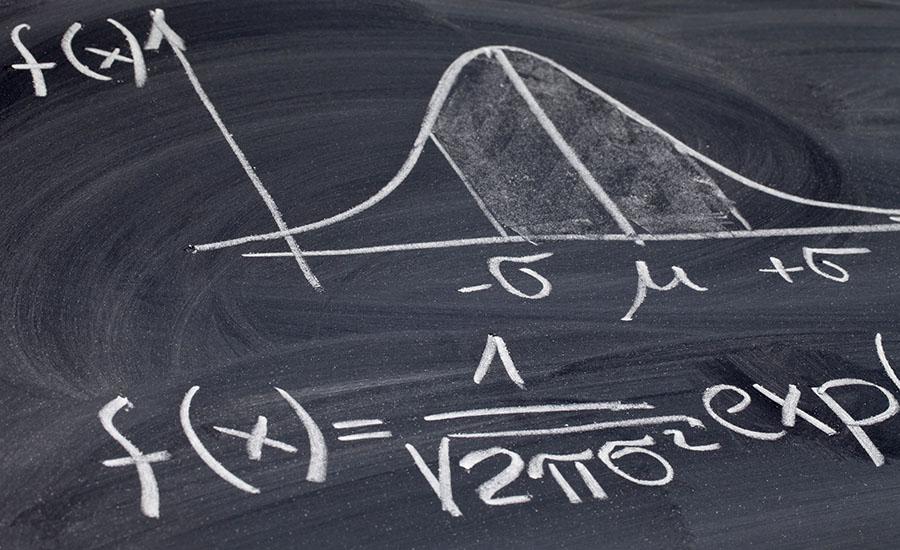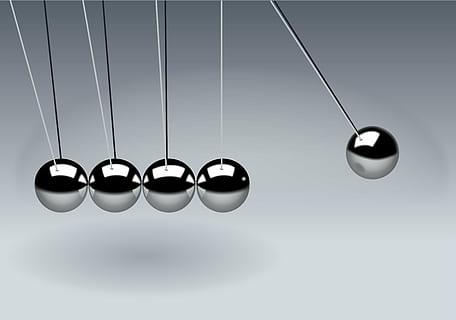
Roller Coaster- Conservation of Total Mechanical Energy
This lesson will provide students with hands-on experience to design a roller coaster that will demonstrate transformation and conservation of mechanical energy. Students will learn the concept of gravitational potential energy, kinetic energy, and friction through an engaging activity of building a roller coaster. This will hone students thinking and collaboration skill as they will be given opportunities to modify and communicate their work. Furthermore, students will be exposed to collecting data such as measuring mass, distance, time, velocity and the like.
Lesson Plan Link/URL
https://docs.google.com/presentation/d/1Ot1UblY48VIsCQwjAKa2Pd9vrOXqKxox/edit?u…Subject Area
Science Physical Science P4: Energy Transfer Engineering S2: Apply the Engineering Design Process S3: Apply Mathematics to Engineering S4: Apply Science to Engineering Mathematics Measurement and Data (MD) The Number System (NS) English Language Arts (ELA) Reading (Informational Text) Writing Speaking & ListeningRelated Content

Understanding and studying energy transfer produced by molecules collisions can be difficult and abstract for them. To make it easier for them to visualize, creating a Newton's Cradle will help them

~Students apply the engineering design process as they learn the advantages and disadvantages of the greenhouse effect. ~Students will work collaboratively to construct a miniature greenhouse to

From this lesson, students will discover how friction affects how things move. This is an excellent activity that will allow students to be creative and build a marble run to show friction. This